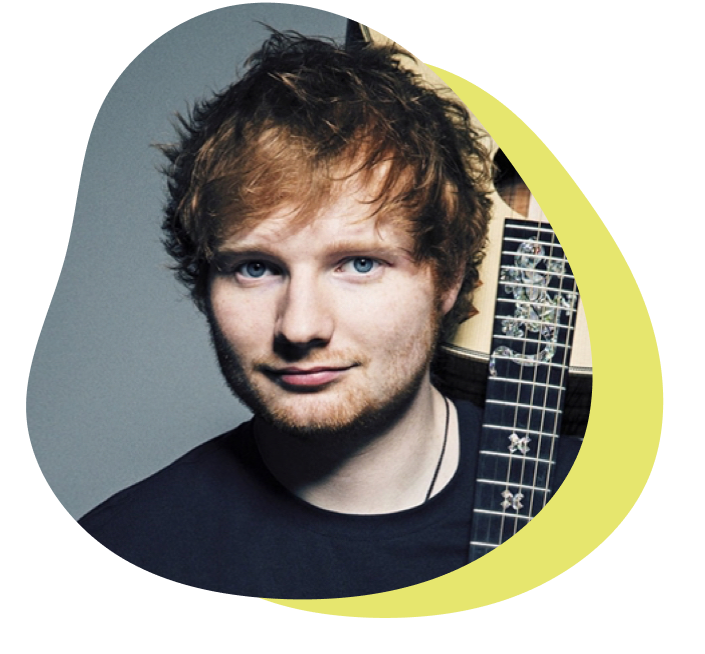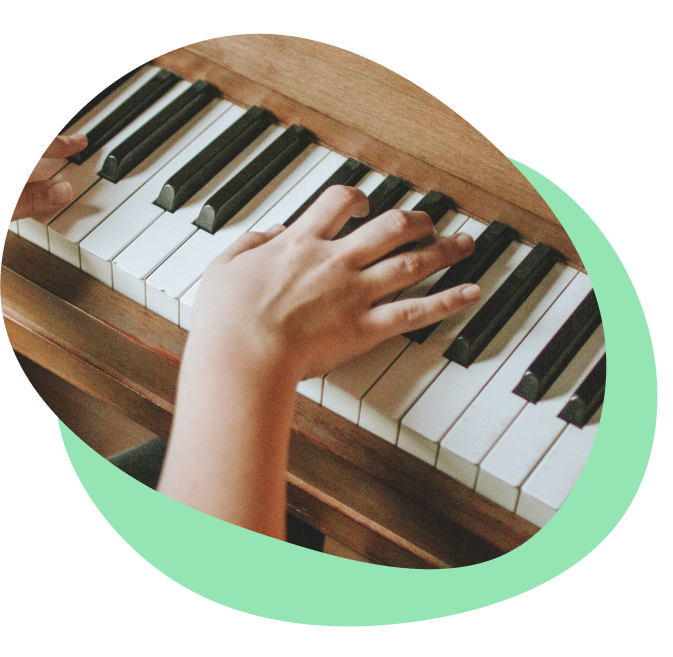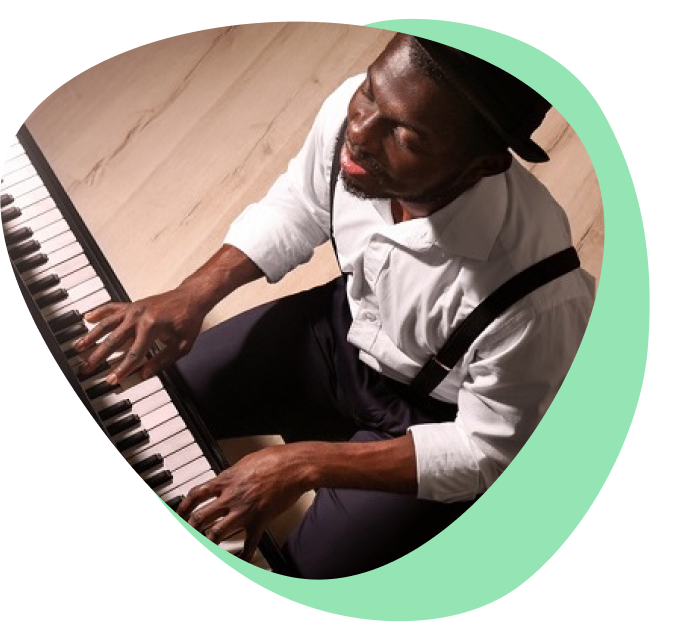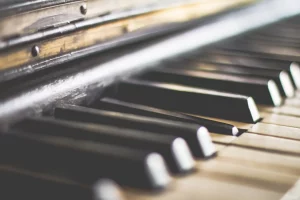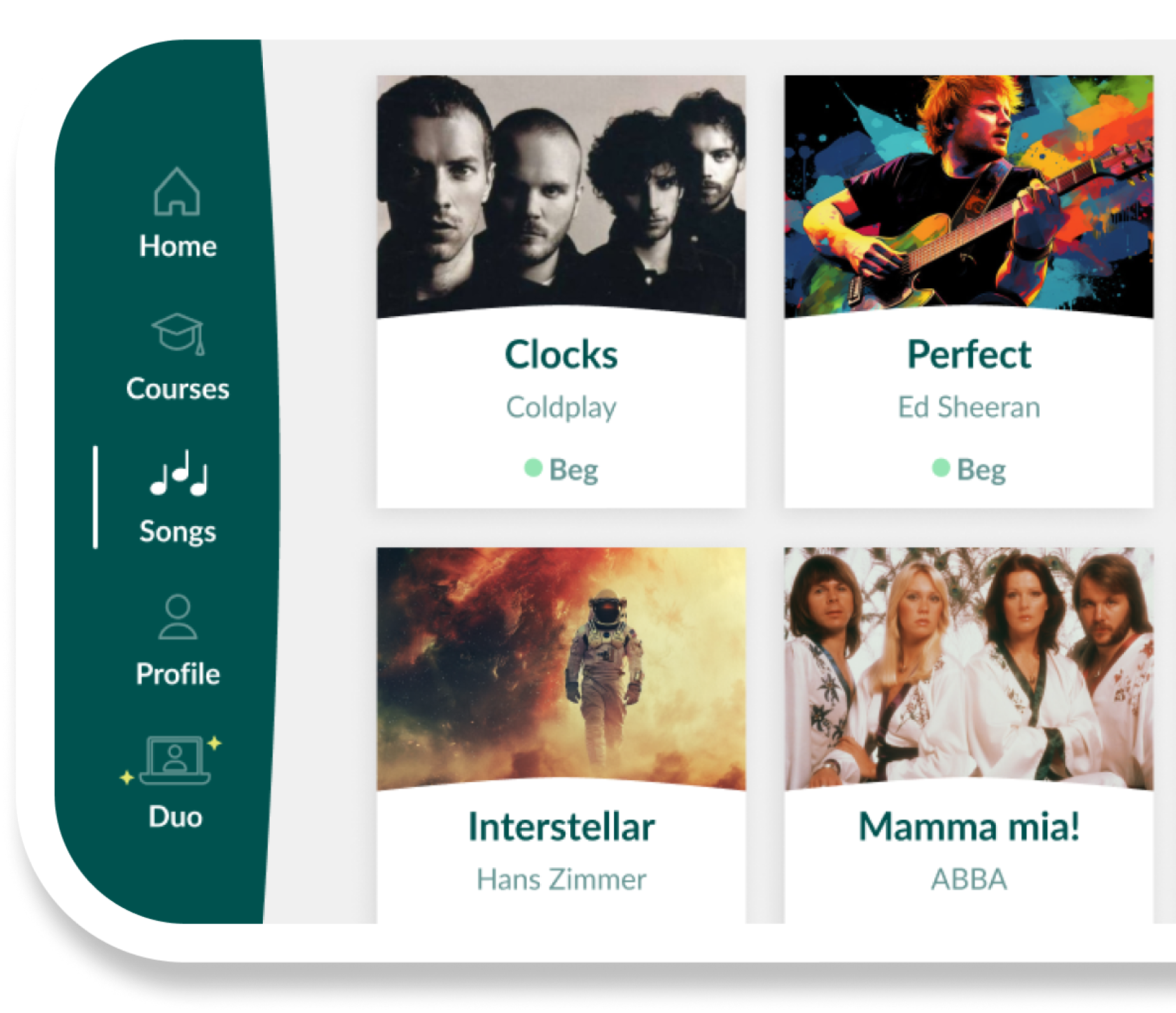The G major scale is one of the most important scales to learn on piano. It provides a strong foundation for beginners and is fundamental for advanced players. With only one sharp (F#), it’s easy to pick up and plays a key role in many musical genres, from classical to pop. In this guide, you’ll learn how to play the scale, master its fingering and explore its connection to chords and songs.

G major scale: notes and patterns
The G major scale consists of the following notes:
G, A, B, C, D, E, F#, G

The scale follows a specific order of pitches, starting with G and ending with a G, one octave higher.
The G major scale includes only one sharp note, F#. All the other notes in the scale are natural (white keys on the piano). To play this scale, you’ll start from G and move alphabetically through the sequence, with F# being the only black key.
The musical interval pattern of the G major scale follows a specific combination of whole steps (W) and half steps (H), which creates its distinct sound. For the G major scale, the pattern is:
W – W – H – W – W – W – H
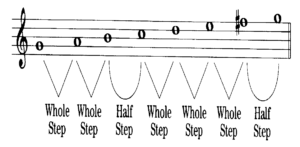
How to play the G major scale on piano
Now let’s look at how to play the G major scale on the piano. This section will break down the correct fingering for both hands, along with some important tips for good technique.

Fingerings:
- Right hand : 1(G), 2(A), 3(B), – cross over – 1(C), 2(D), 3(E), 4(F#), 5(G)
(Cross your thumb under after B to continue with C) - Left hand (ascending): 5(G), 4(A), 3(B), 2(C), 1(D), – cross over – 3(E), 2(F#), 1(G)
(Cross your middle finger over after D to play E)
To play this scale descending, follow the finger patterns in reverse order.
The G major scale in music notation
Now that you understand how to play the G major scale on the piano, let’s take a look at the G major scale in music notation. Understanding how the scale looks on the staff will help you read sheet music and recognize the notes when you encounter them in different pieces of music.
G major scale in treble clef:

G major scale in bass clef:

Diatonic chords in G major
Diatonic chords are built by stacking thirds on each note of the G Major scale. The seven diatonic chords in the key of G major are:

Roman numerals are used to show the relationship of piano chords to the scale degree they are built on. Major chords are written as capitals, minor and diminished chords are written as lowercase. As the diagram above shows us a G major chord is built on the first note of the scale and is major so is written as an uppercase roman numeral for one I. The sixth chord in the G major scale is an e minor chord so it is written as a lowercase roman numeral for six ‘vi’. Let’s take a look at how these chords can be played on piano.
- G major (I): G – B – D

- A minor (ii): A – C – E

- B minor (iii): B – D – F#

- C major (IV): C – E – G
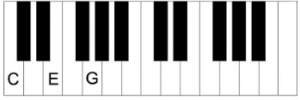
- D major (V): D – F# – A

- E minor (vi): E – G – B

- F# diminished (vii°): F# – A – C

The relative minor
Every major key has a relative minor scale. These scales share the same pitches and key signatures, they just start on different notes. A relative minor scale has a very contrasting sad sound to its major counterpart.
To find the relative minor of any major key you count to the sixth note of the major scale and create a new scale from that point.
In G major E is the sixth note:
G, A, B, C, D, E, F#, G
To create an E minor play the scale from the sixth note:
E, F#, G, A, B, C, D, E
This scale is called a natural minor as it occurs naturally within its relative major key. Have a go at playing these scales side by side and listen to the difference the change in starting point makes.

Popular chord progressions in the key of G
The chords in G major are used in many chord progressions from rock and pop to jazz and classical music. A G major chord progression often includes chords like G, D, C, and Em. Here are a few good examples of G major chord progressions:
- G – D – C – Em
- G – Bm – C – D
- G – C – Am – D
- G – C – Em – D
These progressions are a great way to put your knowledge of piano chords to the test. To understand these chord symbols and how to play them. Be sure to check out Skoove’s extensive catalog of tunes in the key of G major to put your newfound skills to the test. Here are a few of the best ones to start with.
The Beatles – Let It Be
The Beatles – Here Comes The Sun
ABBA – Dancing Queen
Practice tips for mastering the G major scale
It’s important to focus on effective practice techniques to master the scale and develop fluency. Here are some key tips to help you progress efficiently:
- Use consistent fingering – Don’t switch fingerings randomly. Use the suggested finger patterns to build muscle memory and play more fluidly.
- Practice in different rhythms – Instead of always playing straight notes, try playing in triplets or swing rhythms. This helps with finger control and makes practice more engaging.
- Individual chords first – Learn the individual diatonic chords first, then try stringing them together into common chord progressions.
- Play along with songs – Find a song in G major, like the ones listed above, and try playing along to hear how the scale and chords work in real music.
- Use both hands – Don’t just stick to playing the scale in one hand. Try playing the scale in your right hand while playing the G major chord in your left or vice versa. This helps bridge the gap between scales and real playing.
Have fun, scales aren’t just exercises, they’re the building blocks of music. Putting everything we learned in this article into practice will help you progress you on your musical journey. Take your time and internalise its scale and its chords, you will be sure to master it. Happy practicing!
Author of this blog post:
Susana Pérez Posada

With over seven years of piano education and a deep passion for music therapy, Susana brings a unique blend of expertise to Skoove. A graduate in Music Therapy from SRH Hochschule Heidelberg and an experienced classical pianist from Universidad EAFIT, she infuses her teaching with a holistic approach that transcends traditional piano lessons. Susana’s writings for Skoove combine her rich musical knowledge with engaging storytelling, enriching the learning experience for pianists of all levels. Away from the piano, she loves exploring new places and immersing herself in a good book, believing these diverse experiences enhance her creative teaching style.



